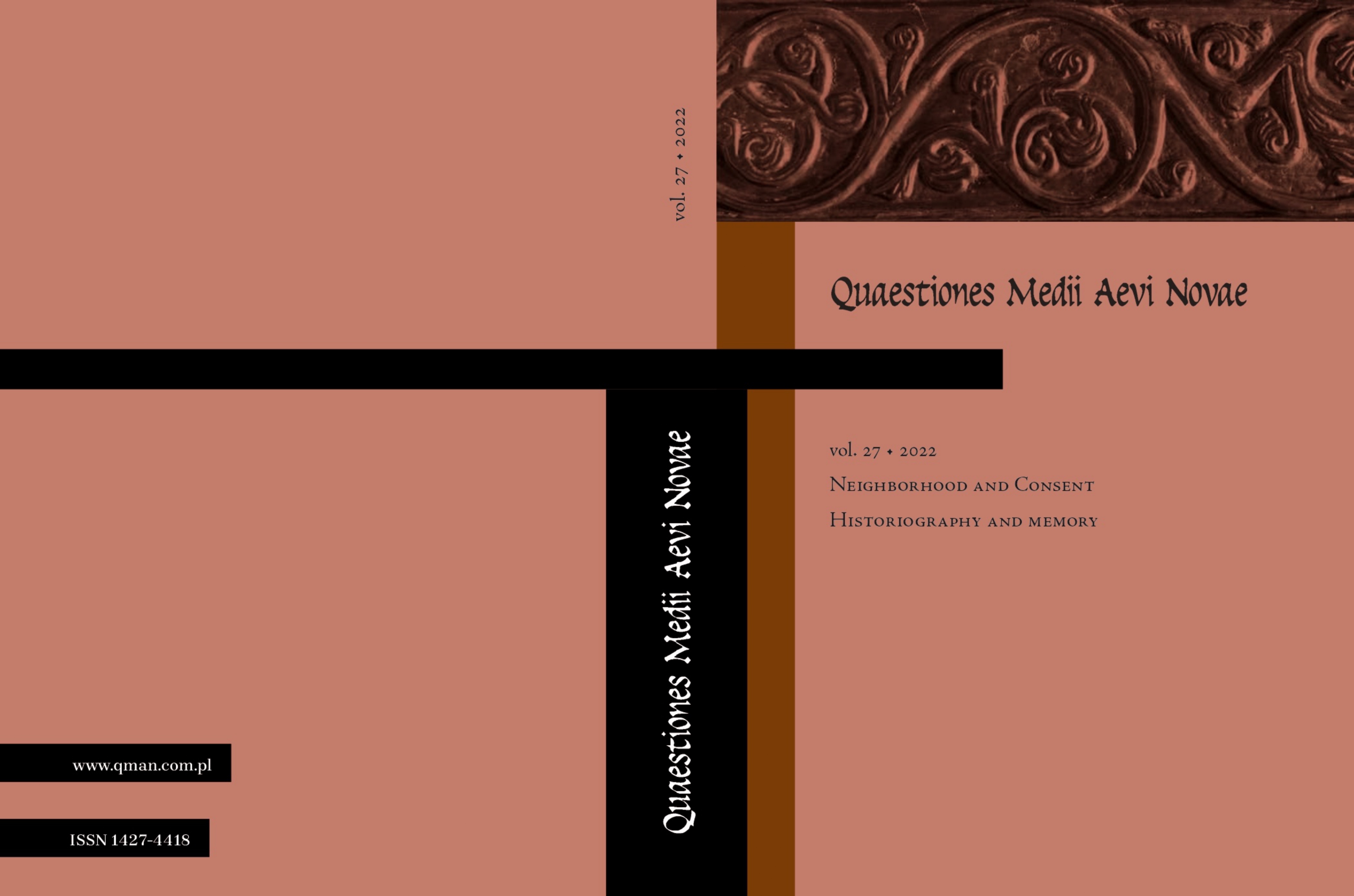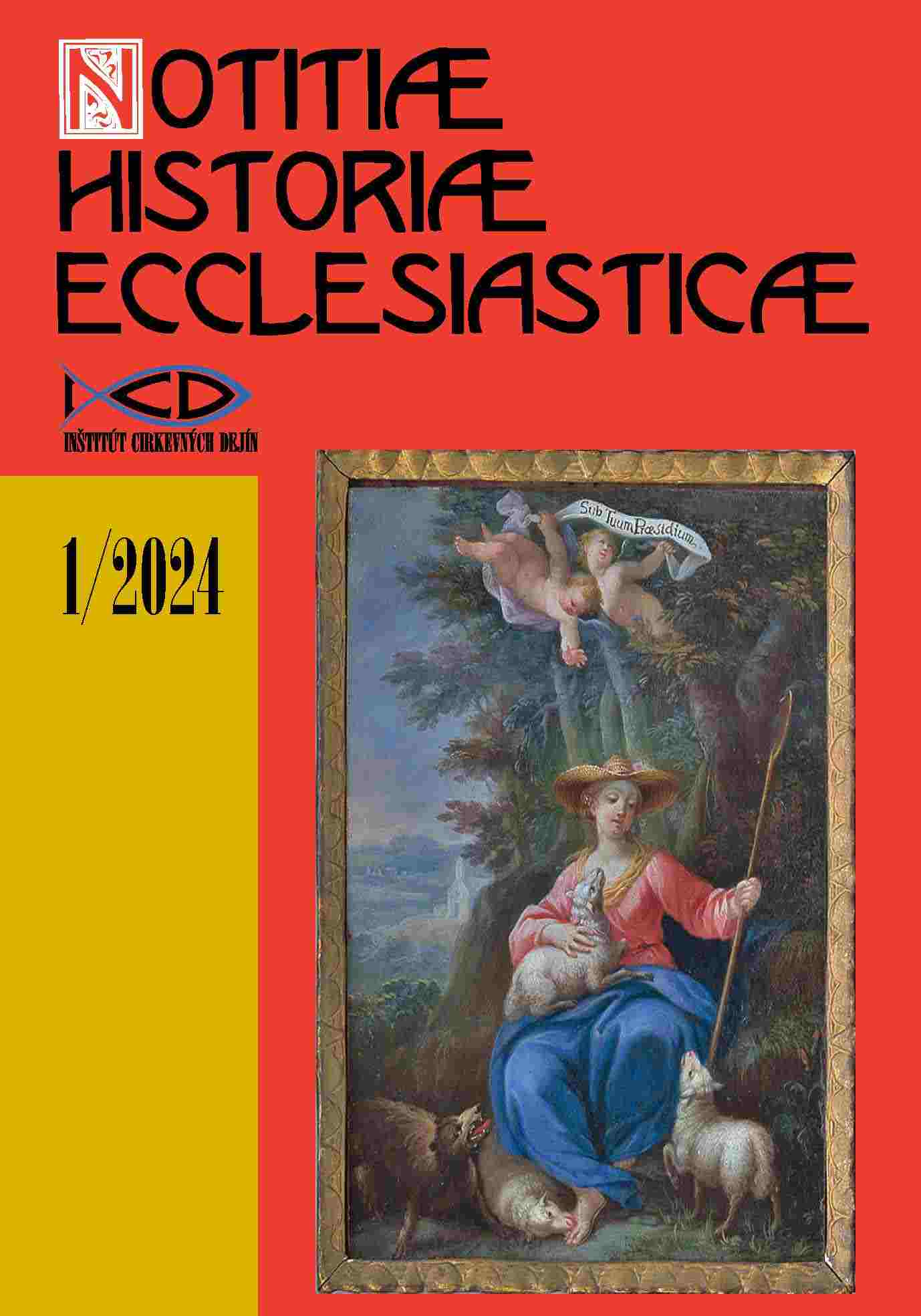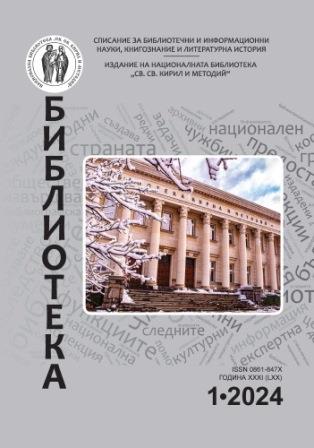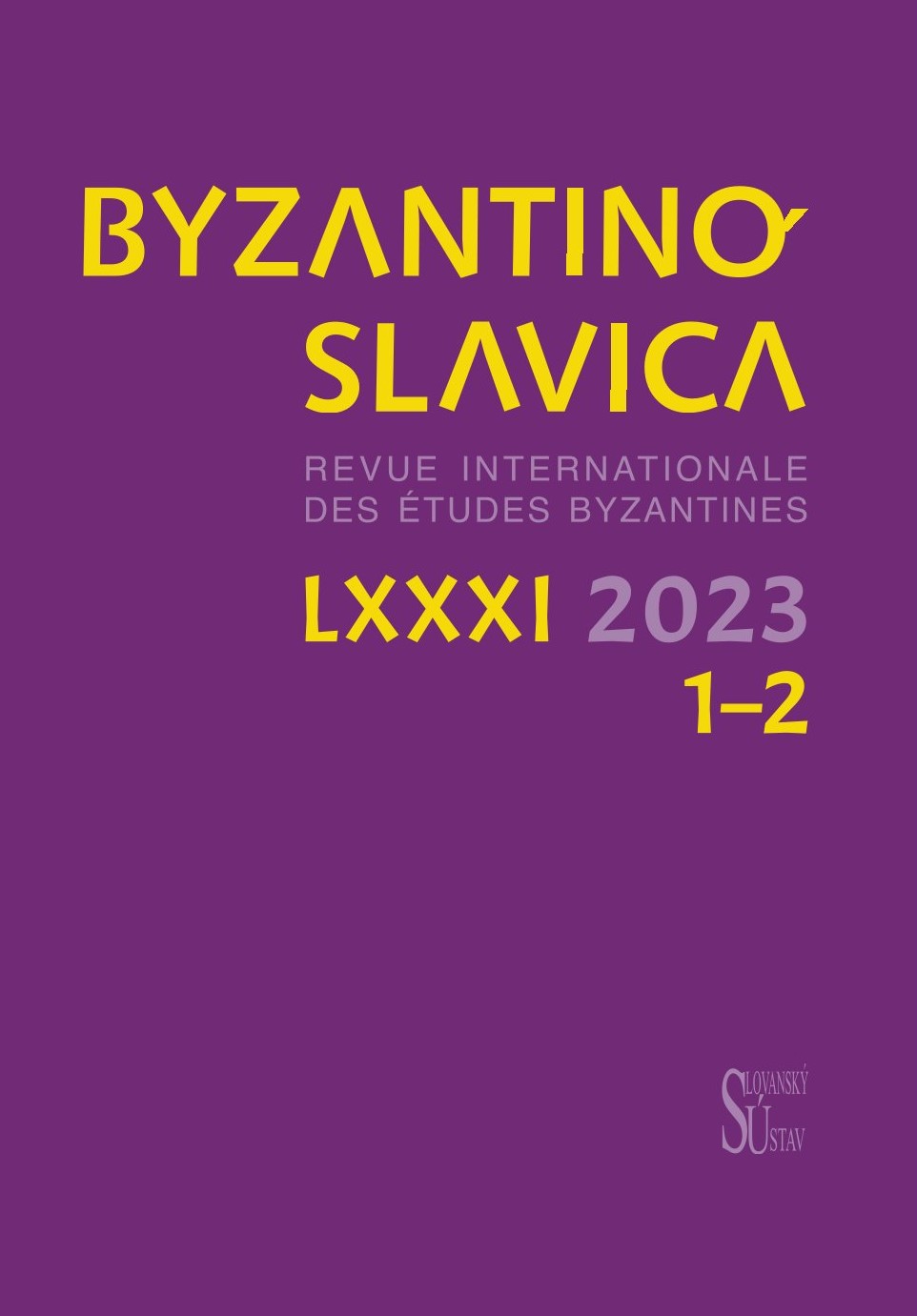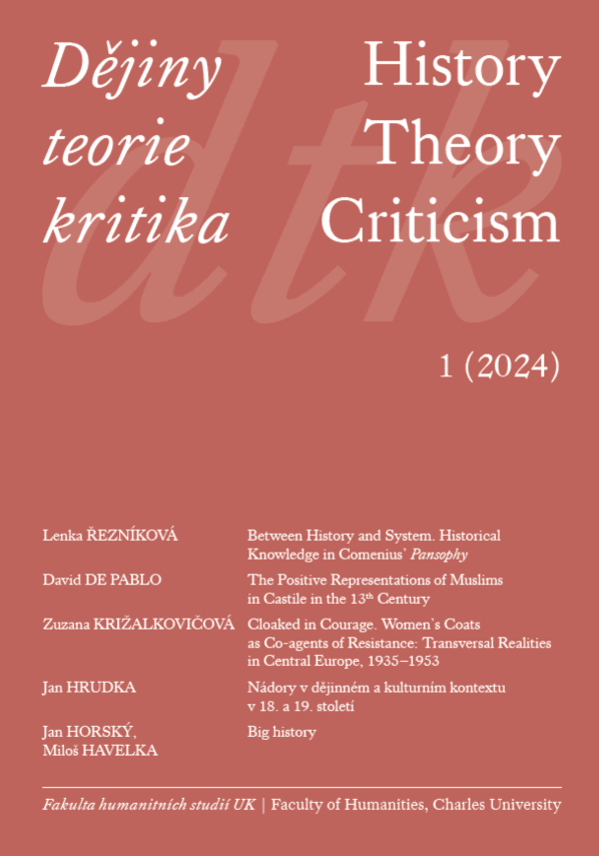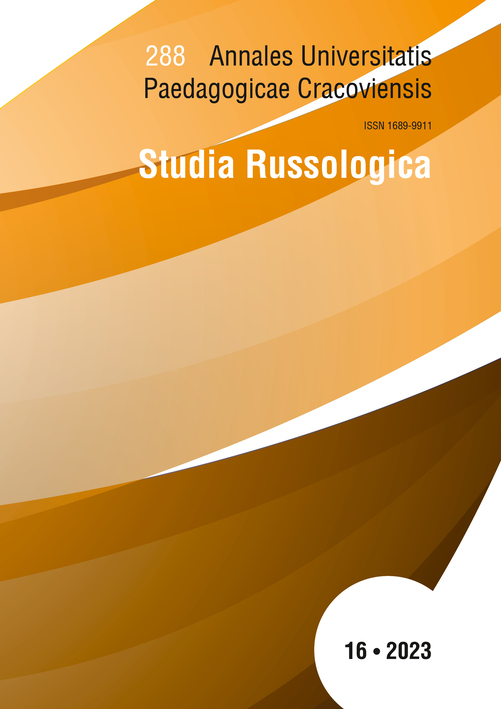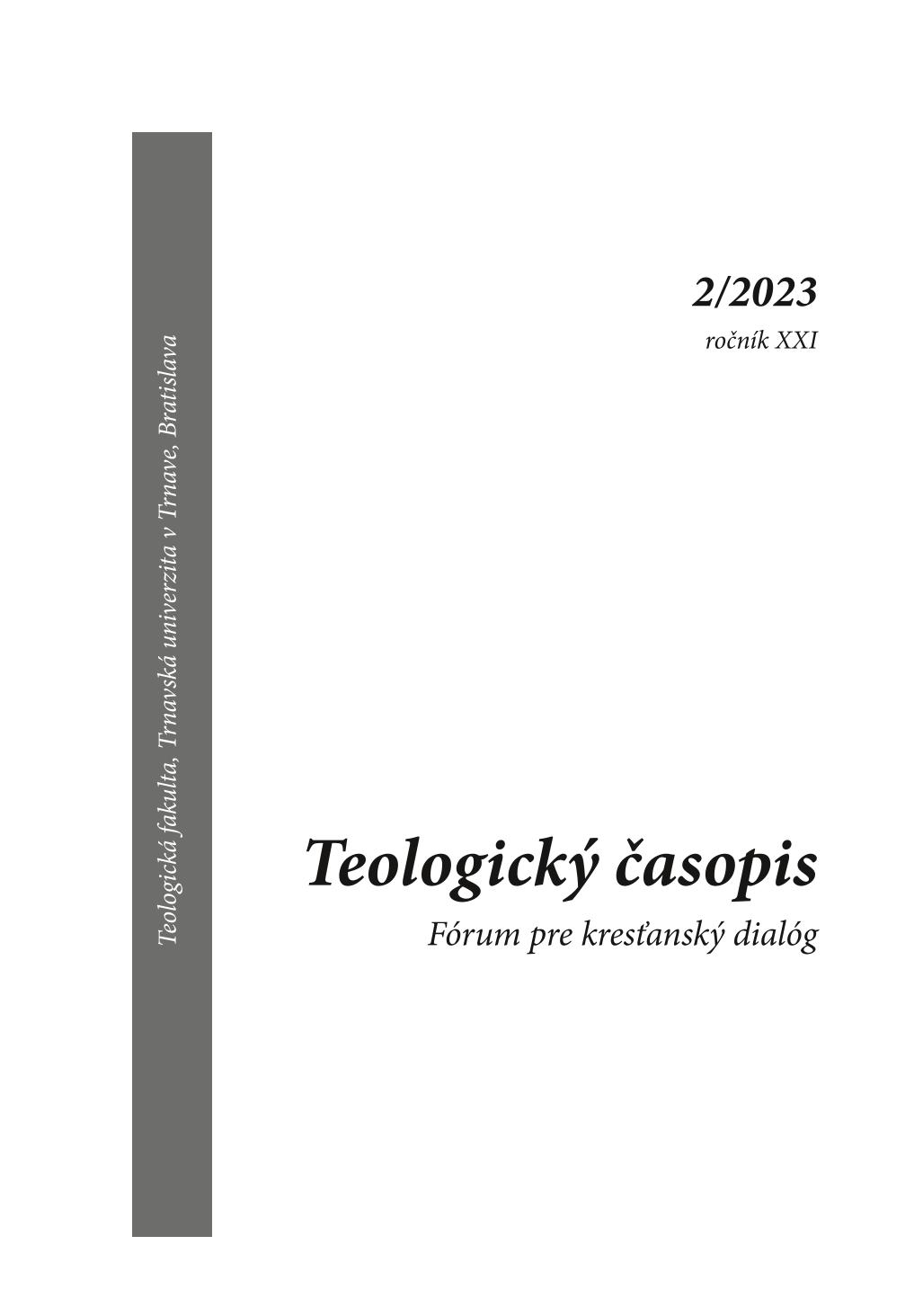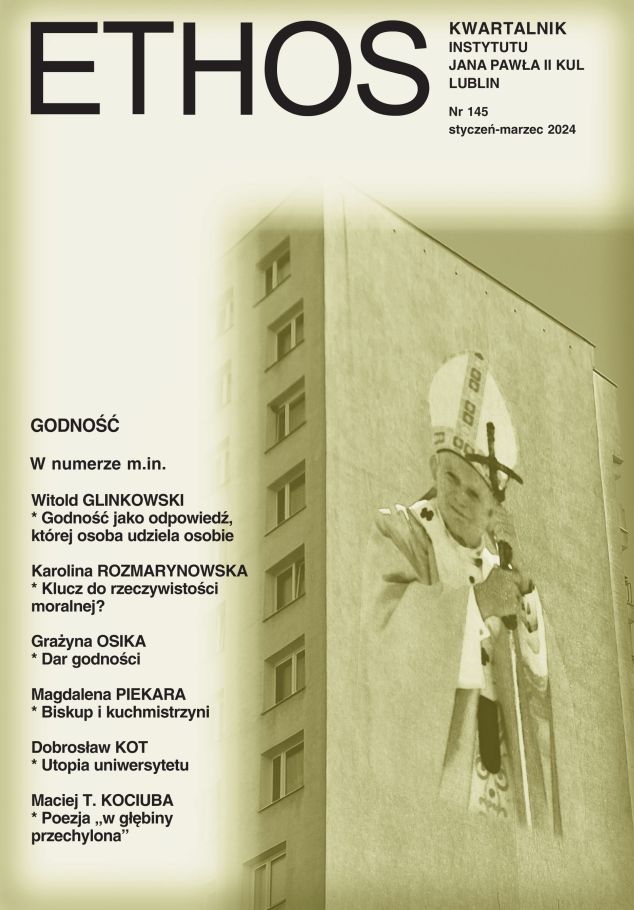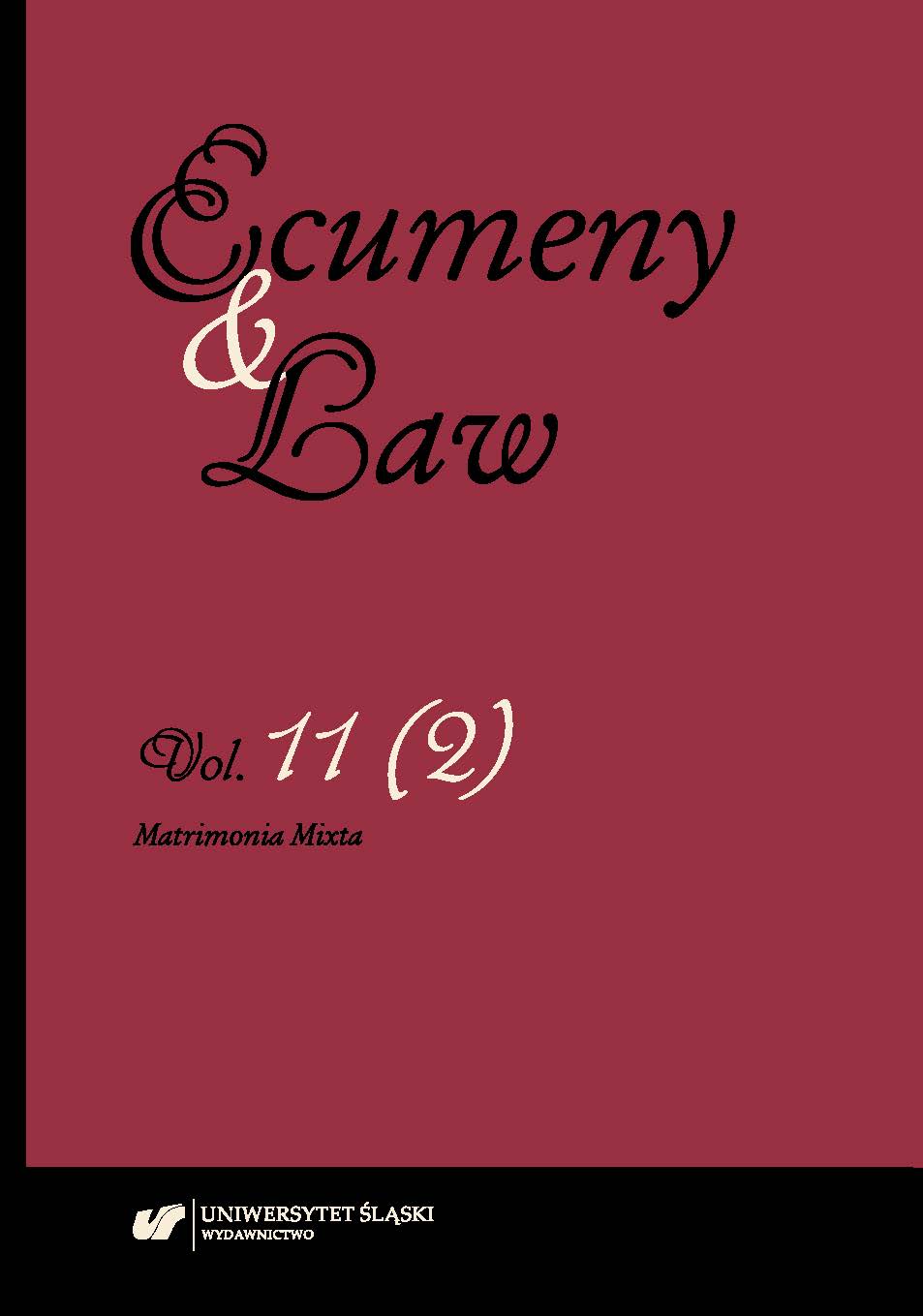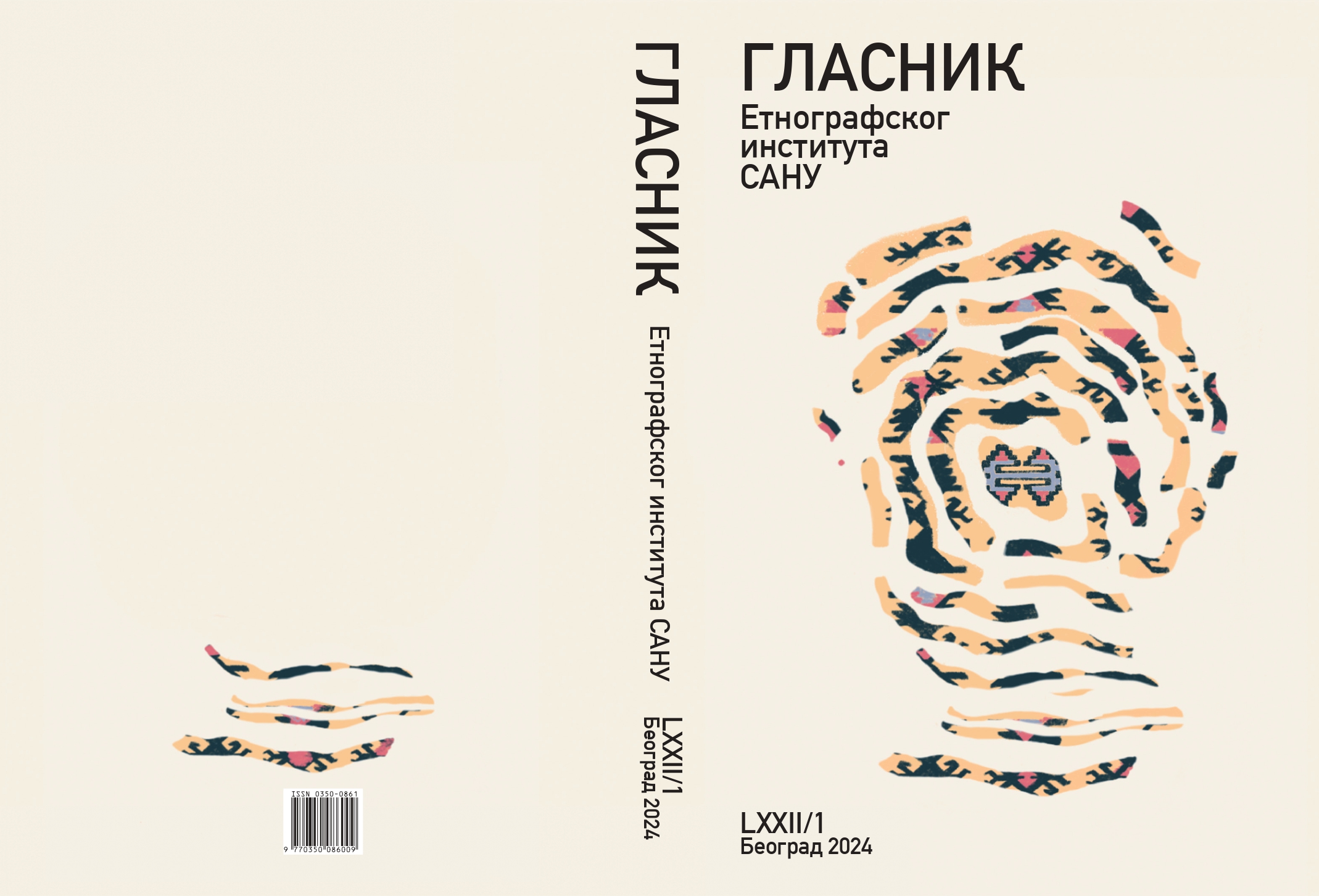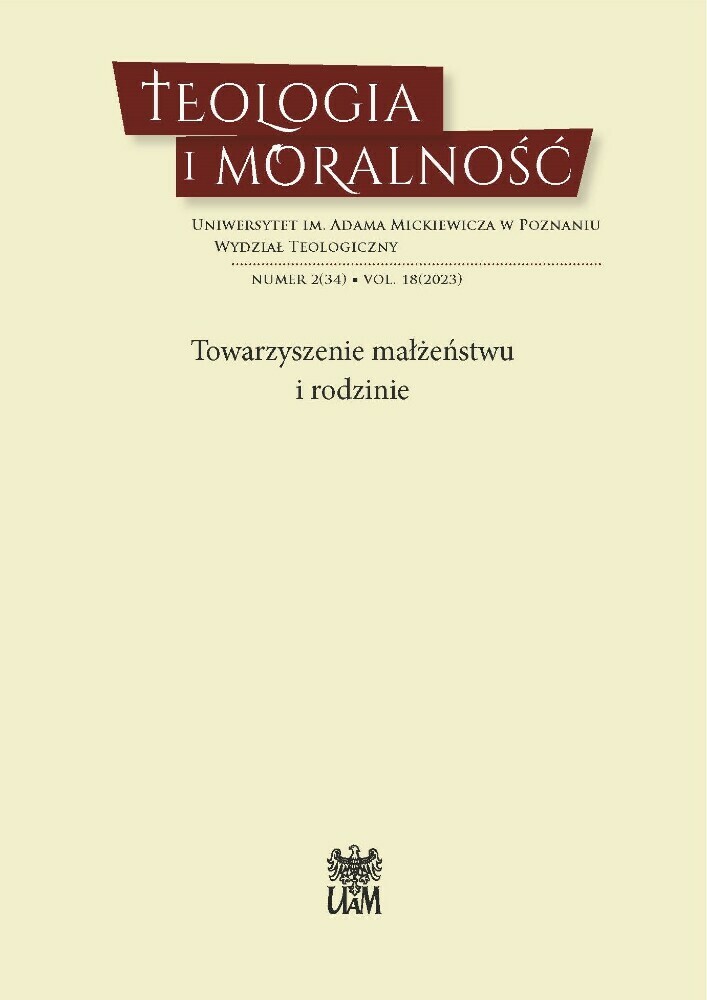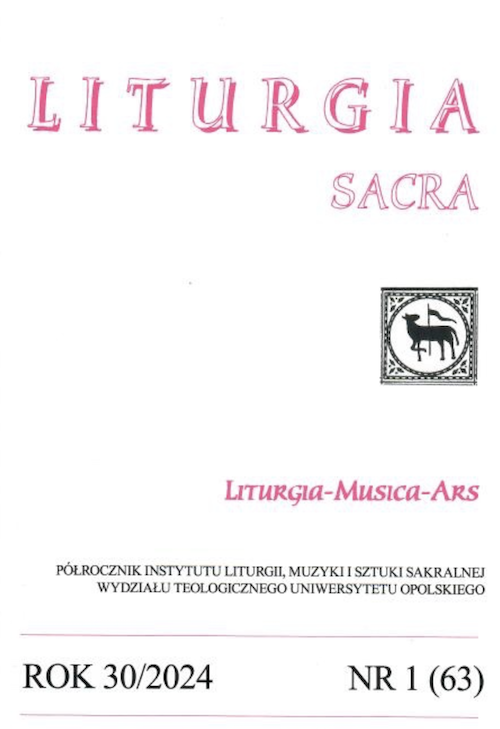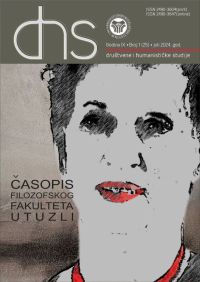Author(s): Giorgi Vashalomidze / Language(s): Georgian
Issue: 25/2024
The topic we present in this article is the iconography of the Baptism and its theological and typological aspects. It suggests discussion of the iconographic representation of this event. As is known, iconography is one of the most important means of communicating with God. According to the teachings of the Church, the basis of the veneration of icons is the Incarnation of the Second Person (Hypostasis) of the Holy Trinity. As a result of the Incarnation of God the Son, the invisible God became visible, the basis of which is the Incarnation of God. Iconography found its origin in the early Christian era. As it is well known, the Roman Empire was the center of the establishment of Christianity as a religion. Israel, where the Saviour lived and executed His ministry, was then under the rule of the Roman Empire. In those times, a large part of society was illiterate. Therefore, iconography was of great importance. In fact, it acquired the essence of “visual theology“. According to the Church Teaching, veneration of an icon does not mean veneration of the paint and material, but that of the image depicted on it. Saint John of Damascus says: “Veneration of an icon ascends to the prototype of its image “. In this regard, it was particularly important to illustrate the events of the Gospel. As is known, it is the book bearing great significance in the Christian Church, for it contains events related to the ministry of the Incarnate God in this world. Therefore, it is the most important duty of a Christian to know its content, which is why, in Christian iconography, special attention was drawn to the portrayal of the events of the Gospel. The Baptism of Jesus Christ is one of the most important events. As is known, the Incarnate God was baptized at the age of thirty. It was the Saviour’s age when the most important period of His ministry in this world began. All the four evangelists give their accounts of the Baptism of the Incarnate God. The Baptism of Jesus Christ took place in the following way: One day the Saviour went to John the Baptist who baptized people in the Jordan River. John stopped Him and told Him that, conversely, he needed to be baptized by Him, to which Jesus Christ answered: “Let it be so now, it is proper for us to do this to fulfill all righteousness. “(Matthew 3:15). According to the Gospel, John “allowed“ the Saviour to come to him. The Lord went into the water and as He came up from it, the heavens were opened to Him and the Holy Spirit descended like a dove and the voice of the Father came from Heaven: “This is My beloved Son, in Whom I am well pleased. “(Matthew 3:17) The Baptism of Jesus Christ is called the revelation of the Holy Trinity. The Holy Trinity was revealed in the following form: the Father, Whose voice was heard from Heaven, the Son, Who was baptized in the Jordan River, and the Holy Spirit, Who in the form of a dove alighted upon the Lord. In addition, it must be noted that by going into the water of the Jordan River, Jesus Christ established baptism as a mystery. It is an interesting fact that in the iconography of the early Christian epoch, we come across episodes of deer who are drinking water greedily. For instance, in the 6 th century iconography of the Baptism in the Catacomb of Pontian, we see a scene of deer drinking from the river. Almost the same image is depicted on the Bitchvinta mosaic. The iconography of the aforementioned image represents an illustration of the following words from the psalm: “As the deer pants for the water brooks, so pants my soul for You, O God“. (Psalm 42:1) According to the psalm, human beings should have a strong longing for deification, for being baptized. In the early representations of the Baptism, Jesus Christ is predominantly depicted as a Young Child. In later times, this depiction is replaced by the image of the Man. It is a known fact that the Saviour was baptized in an adult age, when He was thirty years old (below, this theme is discussed in detail). Why was the Lord portrayed as a Young Child in the era of early Christianity? This is a question that stirs up our interest. As is known, the Baptism is called in other words – “to be born again“. In the Gospel According to John, the Saviour says to Nicodemus: “Jesus answered and said to him, ‘Most assuredly, I say to you, unless one is born again, he cannot see the Kingdom of God.’ “(John 3:3) In the iconography of the Baptism, the depiction of the Saviour as a Young Child indicates the second, spiritual birth of a baptized person. According to the Church Teaching, an old man, burdened by sin, goes into the water and a new man, cleansed of guilt, is born anew and emerges from there. In the later period, the iconographic composition of the Baptism, which is known to everyone today, was formed. In the center of it, the Saviour stands in the Jordan River, John the Baptist is on His left side. He has put his right hand on the Saviour’s head. On the right side of Jesus Christ, there are angels who worship the Lord, bowing before Him. A dove descends from the sky above the Saviour’s head, which in many cases is accompanied by a beam that comes from above and is directed towards the image of the Saviour. The mentioned iconographic representation is fully consistent with the event described in the Gospel, according to which, while the Son of God was being baptized in the Jordan River, the Holy Spirit descended in the form of a dove and the voice of the Father was heard from Heaven. The significance of the Baptism as the revelation of the Holy Trinity is vividly shown in the image mentioned above. The Son is portrayed as the Man in the Jordan River, the Holy Spirit – in the form of a dove as described in the Gospel, and the Father – in the form of the beam which descends from the height of the Heaven and is followed by the dove. Particularly interesting is the latter. The iconography meticulously conveys the physical appearance of the Son and the Holy Spirit in the Gospel. Namely, the Son of God – in the form of a Man, the Holy Spirit – in the form of a dove. However, as we know, it is only possible to depict material forms (or nature), while it is not possible to do so with voices. Therefore, in this case, iconography uses the image of a beam, as the representation of the Father and His voice, which is directed to the Lord Who stands in the Jordan River. This beam is followed by the Holy Spirit, revealed in the form of a dove. The aforementioned is based on the corresponding exegesis, according to which, lest anyone should think that the voice coming from heaven belonged to someone else, the Holy Spirit in the form of a dove, emanating from the "Father's voice", alighted upon Jesus Christ in the Jordan River. In the composition of the iconography of the Baptism, a number of exegeses related to this feast day are represented. They are discussed in this article. As one of the examples of it, we offer the following: Until the 13th century, the Saviour was portrayed naked in the composition. In the later period, however, He was depicted with a loincloth around His waist. The naked image of Jesus Christ expresses the Gospel story, according to which He enters the Jordan River and receives Baptism. Apart from it, the expression of the naked Jesus Christ reflects several aspects of the relevant exegesis. By the nakedness of the Incarnate God, putting off the corruptible clothing of the human nature by a human being and his being endowed with divine grace are represented in iconography. As we learn from the book of "Genesis", God clothed with skin human beings who were cursed by Him because of their sin (Genesis 3:21). This is interpreted by exegetes in the language of typology as well: in particular, the human nature was deprived of God’s grace and was clothed with death, but at the Baptism, the nakedness of the Saviour released from death man clothed with sin, and endowed him again with divine grace. In the composition of the Baptism, we often come across the portrayal of the Cross. There are cases when the Cross in the form of a stele (stone-cross) is placed in the Jordan River. In some iconographic renderings, the Saviour stands on a crossshaped pedestal, under which a snake (a serpent) is lying, and there are also other images of a snake in the Jordan River, on which the Saviour stands and vanquishes it. The inclusion of the images of the Cross and the snake (serpent) in the composition of the Baptism is based on the theological teaching that Christ defeated death with the Cross; the mystery of baptism, which was instituted by the Saviour when He was baptized in the Jordan River has the following essence: when a person is baptized, the old man dies and a new man, cleansed of sins, is born again and emerges from the water. Exegetical and homiletic works clearly attest that iconography of the Baptism encompasses various theological and typological aspects. Not only the Gospel story of the Baptism, but also its exegesis is conveyed in it. Apart from it, the teaching about the significance of baptism as a Church mystery is also evident in it. It can be said that each rendering of the aforementioned iconography not only recounts the Baptism of Jesus Christ, but also calls those who look at it to receive baptism and start a new life.
More...
